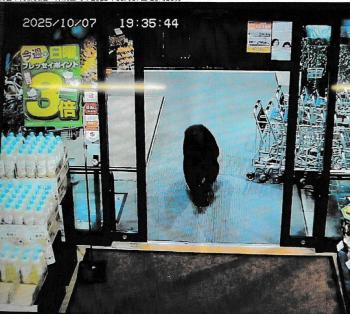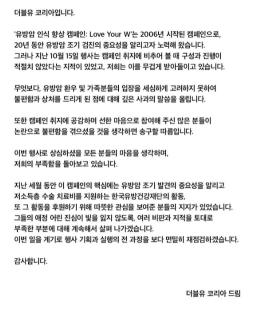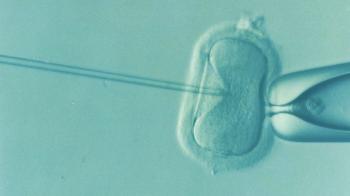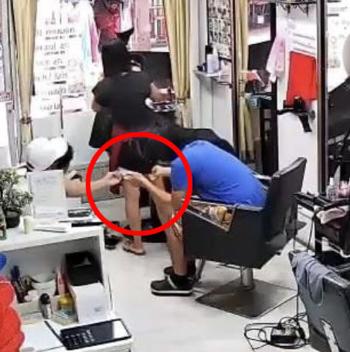Up to 620 times the famous hot spring standard detected Legionella...47 complaints of health problems
May 29, 2025
|
Until the 27th, it was confirmed that 47 of the facility's users complained of health problems.
According to Japanese media, including BSS Broadcasting, Legionella bacteria were detected at a hot spring facility in Yonago City, Tottori Prefecture 'Yoyoe Yume Hot Spring' and recently ceased operations.
The symptoms of Legionnaires' disease caused by Legionella are similar to those of a cold or COVID-19. Legionella bacteria enter the body after an incubation period of 2-12 days and show symptoms of high fever, diarrhea, headache, and vomiting like a cold.
In the case of Legionella pneumonia (pneumonia type), non-specific symptoms such as headache, muscle pain, weakness, high fever, and chills (difficult to distinguish from other causative bacteria), dry cough, abdominal pain, and diarrhea are accompanied, and in the case of Pontiac fever (flu type), acute fever disease with a short incubation period appears. The most dangerous of these is pneumonia.
The mortality rate of pneumonia-type Legionnaires' disease is 5-10%, but it can increase to 30% in patients with weak immunity or delayed treatment.
In particular, early treatment is very important because the mortality rate can reach up to 80% if not treated in time.
Legionella bacteria are mainly found in natural environments such as rivers, lakes, and soil, hot water facilities, cooling towers in cooling facilities such as showers, spa and whirlwinds, and air conditioners, humidifiers, therapeutic sprays, respiratory treatments, and decorative fountains.
According to local media, Yodoe Yume Hot Springs was confirmed to have Legionnaires' disease among facility users on April 26 from officials in Tottori Prefecture" was notified. Subsequently, a water quality survey conducted on May 8-9 detected Legionella bacteria far exceeding the standard in several bathtubs in men's and women's baths.
The figure was 230 times higher than the standard in one bath in the men's bath and 620 times higher than the standard in the bubble bath in the women's bath.
The company that operates and manages the facility explained that "Although the exact cause of the growth of Legionella bacteria has not been specified, public piping for hot spring water recirculation is likely the main cause.'
The facility said it replaced hot spring water and washed the bathtub every day, and public pipes were cleaned and disinfected once a week, but it is highly likely that Legionella bacteria grew inside due to insufficient cleaning of the pipe.
Since the detection of Legionella, some of the users have complained of health problems. By the 27th, 47 reports of symptoms such as fever and cough were received after using the facility, and at least three people were hospitalized after being confirmed with Legionnaires' disease. However, at this point, the direct causal relationship between the infected and the facility has not been clearly identified.
The facility said it is taking measures such as suspending the use of public pipes, closing foam baths, and disinfection of storage tanks and pipes to prevent further spread, and will consider whether to resume operations after safety measures are completed in the future.
Users should have been notified sooner if there had been a possibility of detection of Legionellabe complaining that "
This article was translated by Naver AI translator.














